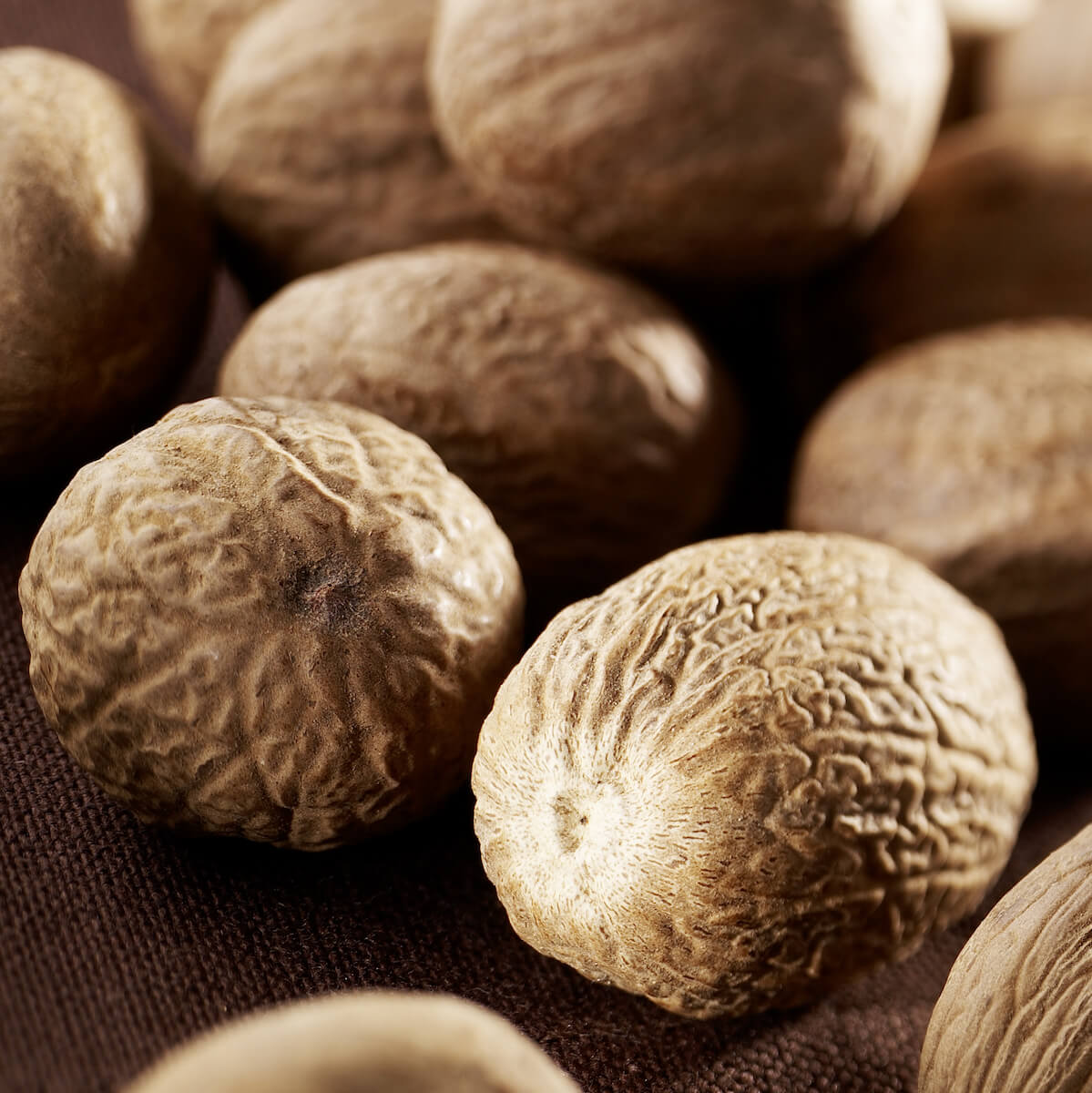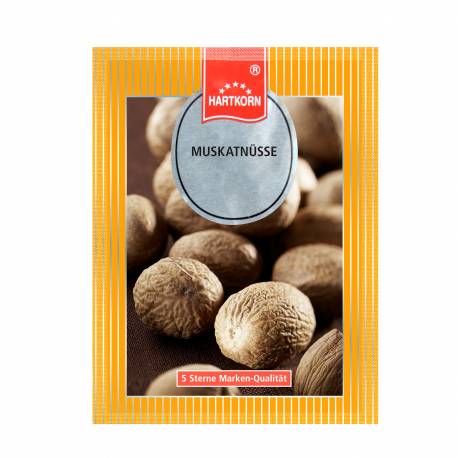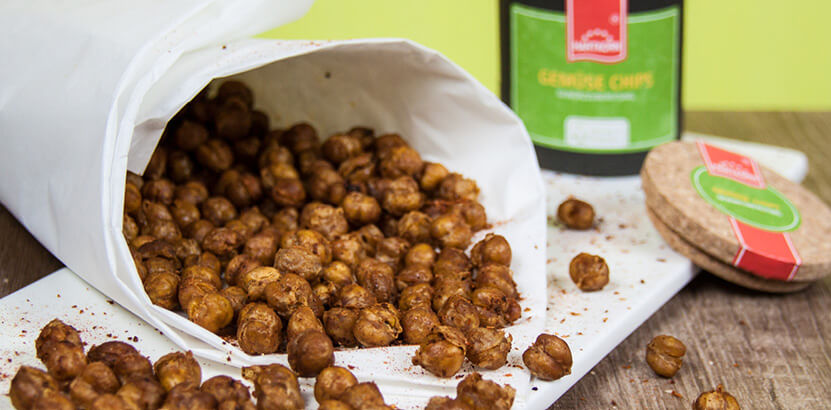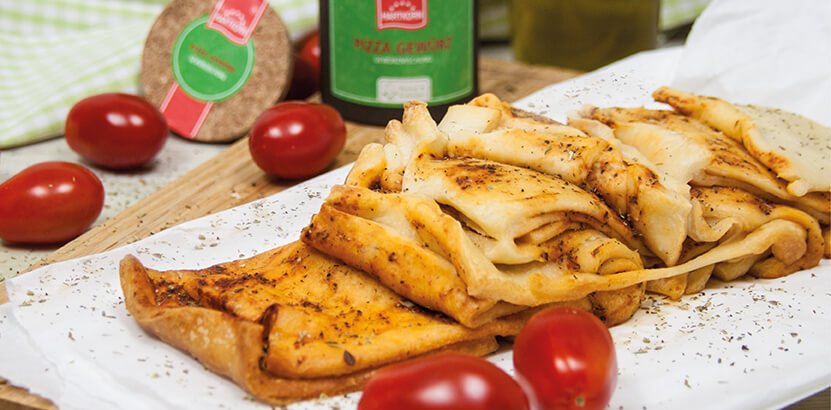Synonyms: Botanical family: origin: Classification>/strong>: spice shape: flavor: odor: use: The nutmeg has a very fine aromatic scent and tastes characteristically fiery and slightly bitter. (The Papua nuts of the species Myristica argentea from New Guinea taste somewhat more austere). Usually the intensely spicy nutmeg is freshly grated, more rarely it is added sparingly to dishes that are already ground. It is suitable for seasoning soups, sauces, vegetables, meat dishes, pastries and many other dishes. Nutmeg is also contained in sausage spice mixtures. It is also used in medicine, the perfume and cosmetics industry and in beverage production. Macis or mace smells and tastes similar to nutmeg, but is even finer, more delicate and aromatic. In the household it is less known for use in the kitchen. In the kitchen it is suitable in the same way as nutmeg and is also suitable for sweet dishes. However, the food and luxury food industry likes to use the bright yellowish or reddish yellow ground mace. tip: Recipe suggestion: knowledge: Botany: History: Nutmeg
General information
Application
Things to know
 Botanical name:
Botanical name:
Myristica fragrans HOUTT.
Muscatel, Bandanuss
Muscatelaceous plants
Indonesia, Grenada, South India, Sri Lanka
spice
seed kernel
spicy, slightly bitter
strong spicy
Fricassee, minced meat dishes, meat broth, potato dishes, dumplings, cauliflower, Brussels sprouts, spinach, sauces
Season sparingly at the end of the cooking time. When grated, it unfolds its best aroma
Cheese casserole: Grease a casserole dish and sprinkle with cheese. Prepare a roux of 3 tablespoons of butter and some flour, add 100 ml of milk and stir. Season with nutmeg, caraway seeds, pepper and bring to the boil. Stir in 4 egg yolks. Beat 6 egg whites until stiff, add a little salt. Stir in 1/4 of the amount with 125 g grated Emmentaler. Then fold in the rest of the beaten egg whites. Bake at 180° for about 30 minutes.
History: The seed of the nutmeg fruit, the so-called nutmeg, was sometimes limed to eliminate its ability to germinate. The background to this was the cultivation monopoly of the Dutch in the country of origin of nutmeg, the Spice Islands (Moluccas).
The evergreen, richly branched nutmeg tree reaches a height of 10 to 16 m and becomes about 100 years old. Bay-like, leathery, lanceolate tapered leaves provide dense, dark green foliage. The pale yellow flowers are grouped in clusters of 5 to 10 and develop fleshy fruits similar to apricots, which burst open when ripe. Botanically, the fruit is not, as the common name says, a nut, but a lonely berry. Under its flesh it carries a stony kernel, which is covered by a tattered, crimson-red seed coat, the arilus. The kernel contains the oily seed, the so-called nutmeg. The seed coat is known in the trade under the name mace or mace.
The first harvest of nutmeg is possible after about 8 to 10 years. However, the best possible yield is between the 15th and 60th year. Healthy trees can still be harvested even after 100 years, but the trees are very susceptible to pests and fungal diseases. Good trees yield about 1,500 to 2,000 nuts a year, which are distributed over the harvesting process, which takes place three times a year. The fruits are picked when they are ripe after bursting. The rough flesh of the fruit is then removed and the seed coat (so-called macis flower) is carefully separated from the kernel without damaging it. The kernels are then dried for 4 to 8 weeks in the sun or in drying houses. When the seeds have come loose from the shell inside (it rattles when shaking the kernel), the kernels are broken open and the nutmegs now obtained are spread out for further drying. The nuts, which are spherical or elongated depending on the type, are 20 to 35 mm long, 10 to 25 mm wide and weigh between 5 and 10 grams. They are light or dark brown, wrinkled and netted and are sorted according to size. The commercial classes are designated according to the number of nuts per pound or half a kilogram. Nutmegs are usually sold whole, less frequently ground. The seed coats of the nuts, which are obtained during harvesting and are as unharmed as possible, are also dried in the sun or in drying rooms. They are pressed flat from time to time, change their carmine red color to orange to yellow-brown when dried and become horny firm. When dried, they are about 3 to 4 cm long, about 1 mm thick and are sold whole or ground as macis.
Nutmeg was already known and sought-after in Egypt long before Christ, as proven by finds in sarcophagi and burial chambers. Around 400 AD, Arab and Venetian traders sometimes brought the very rare and therefore precious spice to Europe. But it was only in more recent times, with the discovery of the sea route to India by Vasco da Gama, that the real history of nutmeg and the spice trade began at the beginning of the 16th century. After the Portuguese had dominated the spice trade for almost a century and fiercely defended their monopoly, they were finally ousted from their Southeast Asian possessions by the Dutch. The Dutch, in turn, strengthened the monopoly of the nutmeg trade by rigorously restricting cultivation and destroying all but a few islands. The extremely high price of nutmeg caused by this finally made the French make every effort to acquire living nutmeg trees for their own cultivation. In 1770, with the help of Pierre Poivre, they finally achieved this goal in a single stroke of the hand - seeds and shoots of nutmeg trees and cloves stolen with them were brought to Réunion and Mauritius and their new planting and propagation were strictly controlled and guarded. In the meantime, the English were driven away from the Spice Islands by the Dutch and ensured that the Muscat trees spread to Sumatra and India. Although the Dutch later regained their possessions, the monopoly of the spice trade, which had been maintained for a long time, was broken.
http://de.wikipedia.org/wiki/Muskatnussbaum







